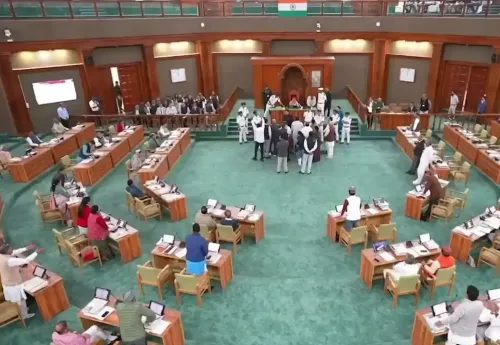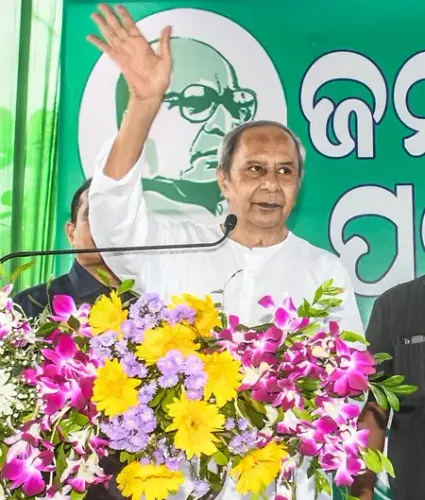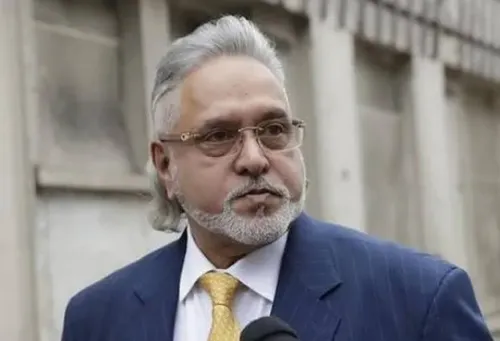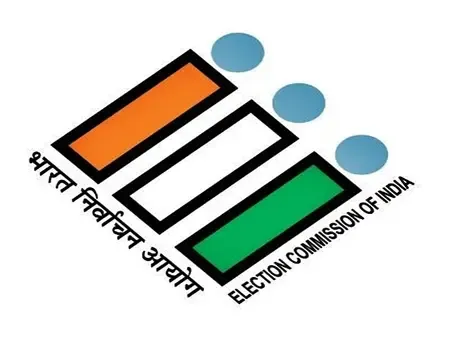Has Rajasthan CM Approved a New Land Compensation Policy for High-Voltage Transmission Lines?
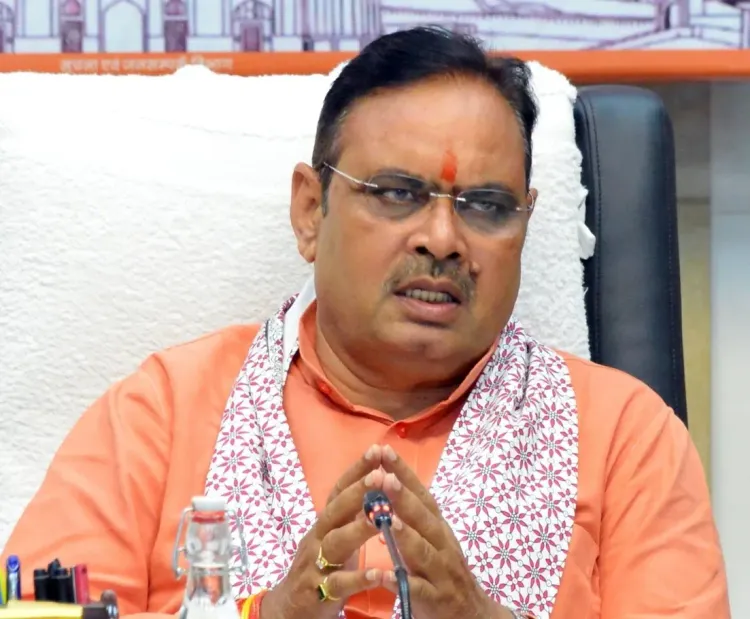
Synopsis
Key Takeaways
- Revised policy ensures fair compensation for farmers affected by transmission lines.
- Additional 200% compensation over the existing rates.
- Compensation rates vary by region: 30% in rural areas, 45% in urban areas, 60% in metropolitan areas.
- Applicable to both intra-state and inter-state projects.
- Aims to balance infrastructure development with farmers' rights.
Jaipur, July 23 (NationPress) In a significant move aimed at supporting farmers throughout Rajasthan, Chief Minister Bhajan Lal Sharma has sanctioned a revised land compensation policy pertaining to the Right of Way (ROW) for the establishment of new high-capacity electricity transmission lines of 400 kV and above.
This initiative is perceived as a thoughtful and long-overdue response to the requests of farmers, ensuring improved compensation for land utilized for transmission towers and ROW corridors. The updated policy is designed to deliver fair compensation for land affected during the installation of high-voltage power lines.
The current compensation system, which has been in place since November 8, 2024 for transmission lines of 132 kV and above, has been partially revised for those of 400 kV and greater voltage.
Energy Minister Hiralal Nagar highlighted that this new policy will significantly benefit farmers by compensating them for losses due to the deployment of these high-voltage transmission lines across agricultural fields.
He also pointed out that the policy will facilitate the swift construction of critical infrastructure, ultimately enhancing the quality and accessibility of electricity supply for consumers throughout Rajasthan.
As per the revised policy, farmers will now receive an additional 200% compensation—on top of the already applicable 200% of the land value according to DLC rates—for the base area of transmission towers. The base area is defined as the region enclosed by all four legs of a tower, plus an additional one-meter extension on each side.
Moreover, compensation for the ROW corridor will now be allocated at 30% of the land value in rural areas, 45% in Nagar Palika and other urban planning regions, and 60% in areas falling under Municipal Corporations and Metropolitan jurisdictions.
The Right of Way denotes the designated strip of land necessary for the construction, maintenance, and operation of transmission lines. This frequently necessitates the removal of trees, structures, or any impediments within the corridor to assure safety and reliability in power distribution.
The updated policy will be applicable to all implementing entities, including state transmission licensees, Power Grid Corporation of India, and private firms engaged in laying 400 kV and higher capacity transmission lines. It will encompass both intra-state and inter-state projects.
This decision is viewed as a pivotal step towards reconciling infrastructure development with the rights and welfare of farmers, thus ensuring they receive their rightful share in Rajasthan's growing power sector.

